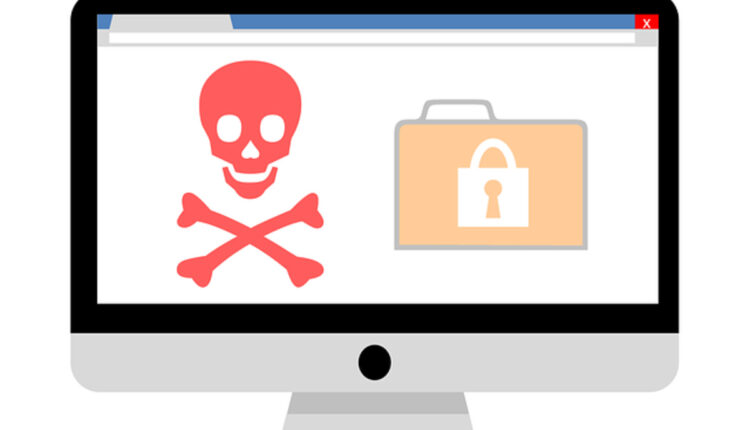A computer virus, like a flu virus, is a piece of code or an entire program that spreads throughout a computer system and causes havoc in the host’s primary operating system, which is typically Microsoft’s Windows today. This flu or virus can infect several system files and prevent an OS from working correctly if anti-virus software is not installed. In the following paragraphs, we’ll discuss one of the most significant PC-related dangers: viruses, and how to eliminate them.
Worms and trojans are the most common vectors for such infections to infiltrate a computer system. If you give a worm an apple, it will eat its way inside it and then come out the other end. In our case, the malware begins by obliterating the OS and then moving on to other computer parts. Common examples include the MyDoom and Bagel worms, which, once inside a system, replicate and infect other computers.
As its name suggests, the Trojan horse masquerades as a local file on the PC and is used by the Romans during the war against Troy. When downloaded frequently, Trojan viruses infect other files and prevent vital programs from working as intended after being downloaded. For instance, the DLoader-L virus spreads when a user opens an email attachment that claims to be from Microsoft and proposes updating Windows. If the user follows through with the update, the virus causes havoc in the Windows system folder.
Understanding what they are and how they function can help us prepare for potential threats and eliminate any viruses that may infect a given process.
Important Viruses to Watch Out For
Encrypted viruses will rise to the top of virus databases. Naturally, these are Trojan horses that enter the computer via encrypted web and email traffic. Tracking down these pests is challenging because antivirus software can only recognize them after they’ve decrypted and infected additional files. When antivirus software detects a virus decrypting, it alerts the user and provides options for quarantining and eliminating the malware.
The second virus type is the hidden variety; these bugs modify or delete crucial system files. They raise the stakes for antivirus programs, which may incorrectly identify a modified or replaced file as the system’s original. Most anti-virus software will detect and neutralize them the moment they attempt to emerge.
Third-placed time-delay viruses have the bronze medal. These viruses infect data slowly, bit by bit. They may take some time after being downloaded to take effect. It could take days for a user to notice that their computer has been compromised from the inside. Anti-virus software must be updated to eliminate this virus, and regularly scan removable disks.
Antivirus-virus, a seasoned pest whose primary objective is to target the antivirus software on a PC, will come in at number four. This allows it to block the antivirus from updating and to obstruct the antivirus file monitor (which monitors all files on the PC for risks) from functioning, allowing other dangerous applications to infect the PC. Such malware can be removed with the help of anti-spyware and anti-malware software.
The renowned multi-headed virus ranks fifth. This virus, dubbed the “most malicious” online, targetss.exe files and modifies some startup files to infect the system as soon as the user signs in. How can I eliminate this virus? Take the same precautions as in the fourth rule.
The sixth most dangerous type of virus is the misdirection virus, which can trick anti-virus software into thinking that a virus is located in one location when, in fact, it is doing what viruses do best: infecting your computer. Manage a full scan of all hard drives to identify all phony copies and the malware file, then delete them immediately to eliminate this danger.
The cloning virus might be virus seven. Its name suggests it does what it says: it makes copies of.exe programs that explore the entire disk. It waits for someone to accidentally open the erroneously copied file, at which point it will begin its malicious behavior.
Firewalls were created in response to the eighth-ranked Bad Penny Virus. Unless stopped by a user or antivirus software, this sly critter will continuously spread itself over the network. Although it’s been around for a while, it’s still a significant concern.
The Best Way to Eliminate Viruses. To Err Is To Be Safe
Having a vaccination on hand is preferable to getting sick and treating a viral fever. Like with a computer, it’s best to be safe than sorry, and having up-to-date anti-virus, firewall, and spam protection is the best way to do just that.
More information on eliminating infections can be found at www.HowToGetRidOfViruses.org, which you should visit if you’re curious.
Read also: A Comprehensive Guide To The Health Screener.

